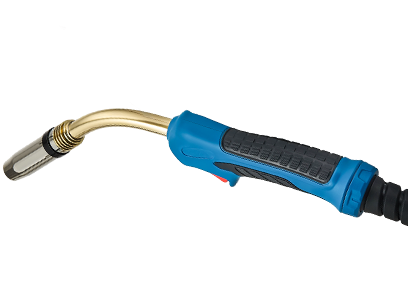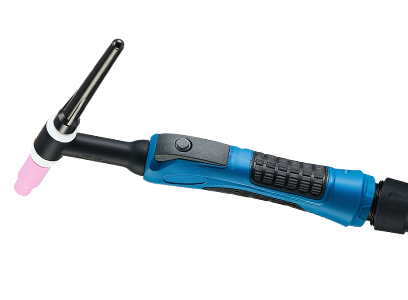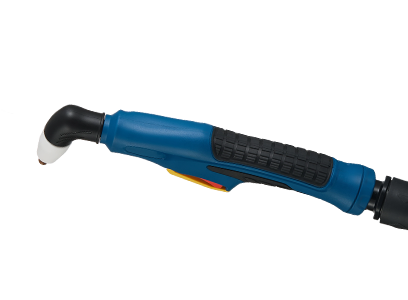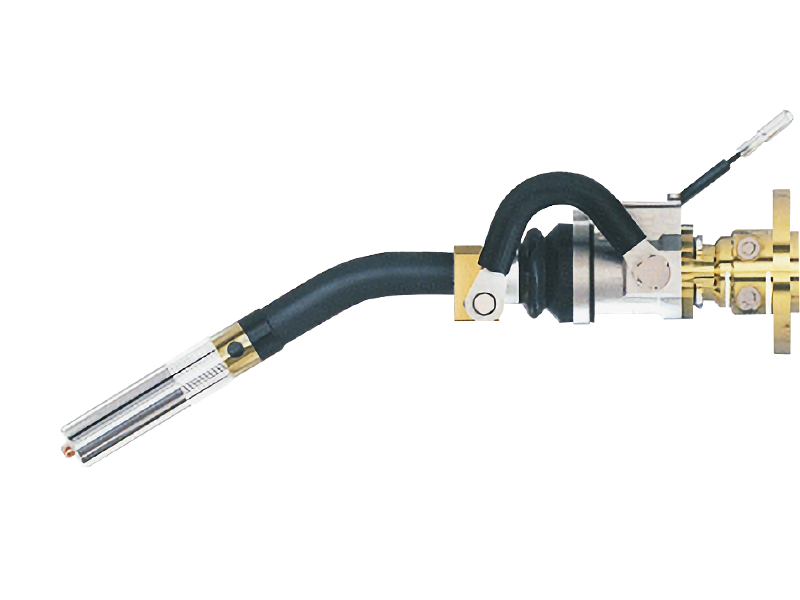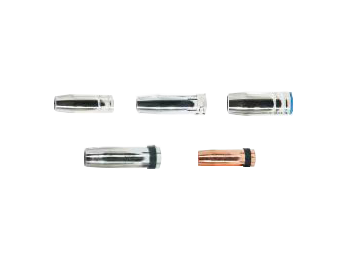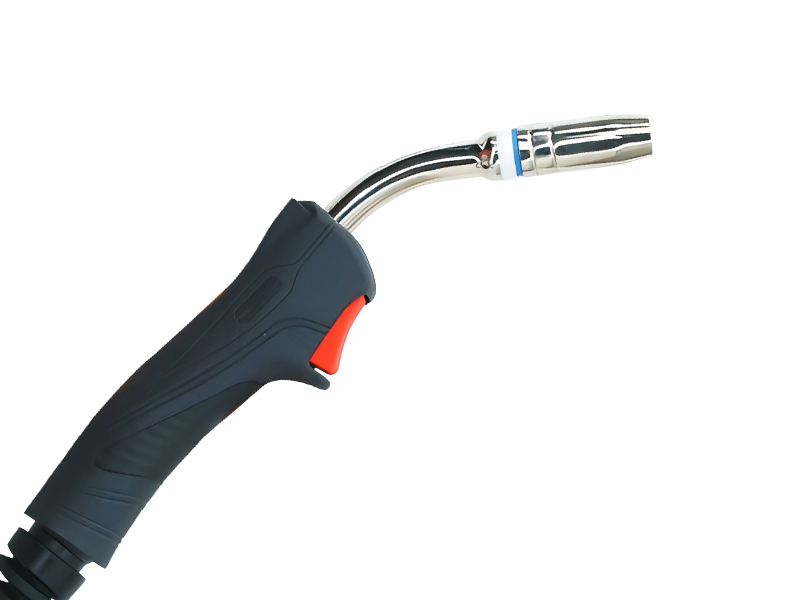MIG Torch Replacement: Essential Insights for Professional Welders
When it comes to MIG torch replacement, understanding the intricacies of this crucial component can significantly impact the efficiency and quality of your welding tasks. The MIG torch, or Metal Inert Gas torch, serves as the primary tool for feeding the filler wire and directing the shielding gas to protect the weld pool from contamination. Over time, wear and tear can necessitate a replacement t
When it comes to MIG torch replacement, understanding the intricacies of this crucial component can significantly impact the efficiency and quality of your welding tasks. The MIG torch, or Metal Inert Gas torch, serves as the primary tool for feeding the filler wire and directing the shielding gas to protect the weld pool from contamination. Over time, wear and tear can necessitate a replacement to maintain optimal performance.
**Signs of Wear and When to Replace Your MIG Torch**
One of the most common indicators that a MIG torch needs replacement is frequent wire feeding issues. If you notice inconsistent wire feed or excessive spatter, it might be time to inspect and potentially replace the torch. Similarly, if the nozzle or contact tip shows signs of significant wear or damage, replacing these components can improve the overall quality of your welds. Regularly checking the torch for any physical damages, such as cracks or melted areas, is essential for ensuring consistent performance.
**Choosing the Right MIG Torch for Your Needs**
When selecting a replacement MIG torch, several factors should be considered. First, ensure that the torch is compatible with your welding machine. Different machines may require specific torch connections, so it’s vital to verify compatibility. Additionally, consider the amperage rating of the torch; a higher amperage torch will handle thicker materials and heavier-duty applications.
Another aspect to evaluate is the type of nozzle and contact tip you require. Nozzles come in various sizes and styles, affecting the shielding gas coverage and the shape of the weld bead. Selecting the appropriate nozzle size can enhance your control over the welding process and improve your final results.
**Maintenance Tips for Prolonging Torch Life**
To maximize the lifespan of your MIG torch, regular maintenance is crucial. After each use, clean the contact tip to remove any spatter or debris that could obstruct the wire feed. Periodically inspect the torch for any signs of wear and replace consumable parts as needed. Furthermore, storing the torch in a safe environment, away from moisture and extreme temperatures, will help prevent corrosion and other forms of damage.
In conclusion, recognizing the signs that indicate a need for MIG torch replacement is essential for maintaining the quality and safety of your welding operations. By selecting the right torch for your application and practicing regular maintenance, you can ensure that your welding processes remain efficient and effective. Understanding these key aspects will help you avoid potential issues and improve your overall welding performance.
**Signs of Wear and When to Replace Your MIG Torch**
One of the most common indicators that a MIG torch needs replacement is frequent wire feeding issues. If you notice inconsistent wire feed or excessive spatter, it might be time to inspect and potentially replace the torch. Similarly, if the nozzle or contact tip shows signs of significant wear or damage, replacing these components can improve the overall quality of your welds. Regularly checking the torch for any physical damages, such as cracks or melted areas, is essential for ensuring consistent performance.
**Choosing the Right MIG Torch for Your Needs**
When selecting a replacement MIG torch, several factors should be considered. First, ensure that the torch is compatible with your welding machine. Different machines may require specific torch connections, so it’s vital to verify compatibility. Additionally, consider the amperage rating of the torch; a higher amperage torch will handle thicker materials and heavier-duty applications.
Another aspect to evaluate is the type of nozzle and contact tip you require. Nozzles come in various sizes and styles, affecting the shielding gas coverage and the shape of the weld bead. Selecting the appropriate nozzle size can enhance your control over the welding process and improve your final results.
**Maintenance Tips for Prolonging Torch Life**
To maximize the lifespan of your MIG torch, regular maintenance is crucial. After each use, clean the contact tip to remove any spatter or debris that could obstruct the wire feed. Periodically inspect the torch for any signs of wear and replace consumable parts as needed. Furthermore, storing the torch in a safe environment, away from moisture and extreme temperatures, will help prevent corrosion and other forms of damage.
In conclusion, recognizing the signs that indicate a need for MIG torch replacement is essential for maintaining the quality and safety of your welding operations. By selecting the right torch for your application and practicing regular maintenance, you can ensure that your welding processes remain efficient and effective. Understanding these key aspects will help you avoid potential issues and improve your overall welding performance.
TAG:
Related Posts
MIG Welding Robots vs. Traditional Methods: A Comprehensive Comparative Analysis
Table of Contents
1. Introduction to MIG Welding and Traditional Methods
2. Understanding MIG Welding Technology
3. Benefits of Using MIG Welding Robots
3.1 Efficiency and Speed
3.2 Precision and Quality
3.3 Enhanced Safety
4. Overview of Trad

